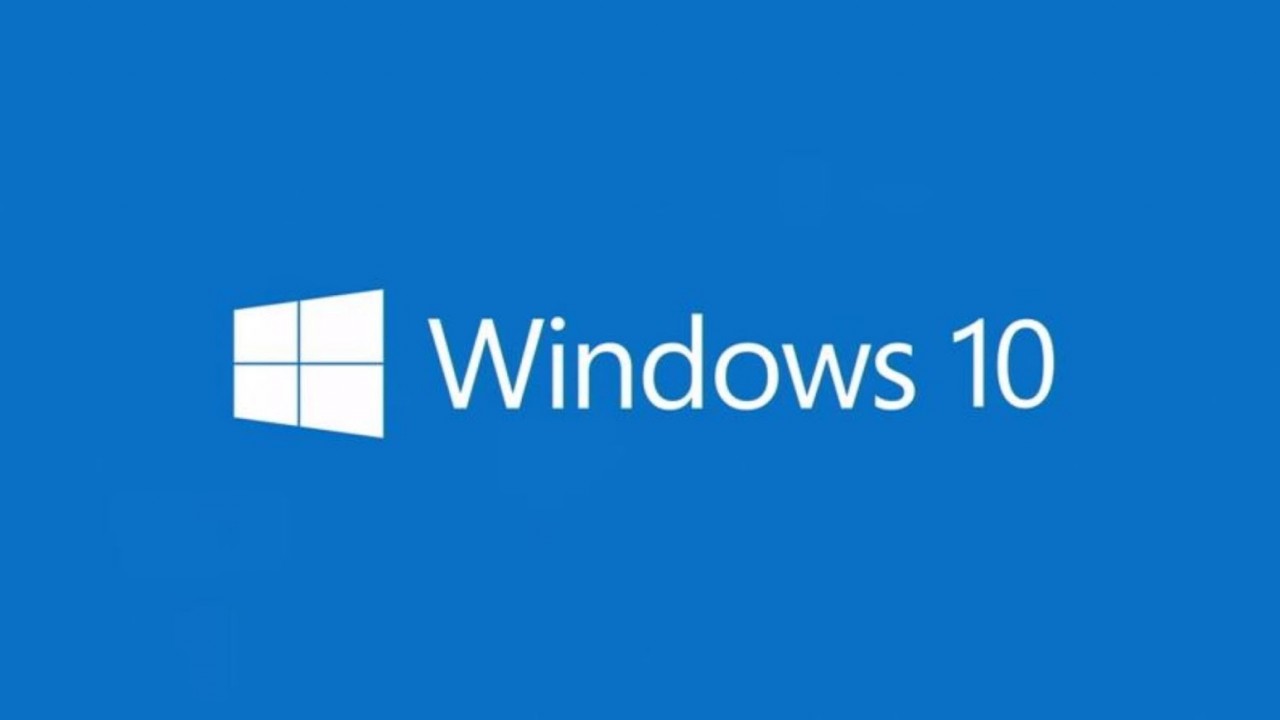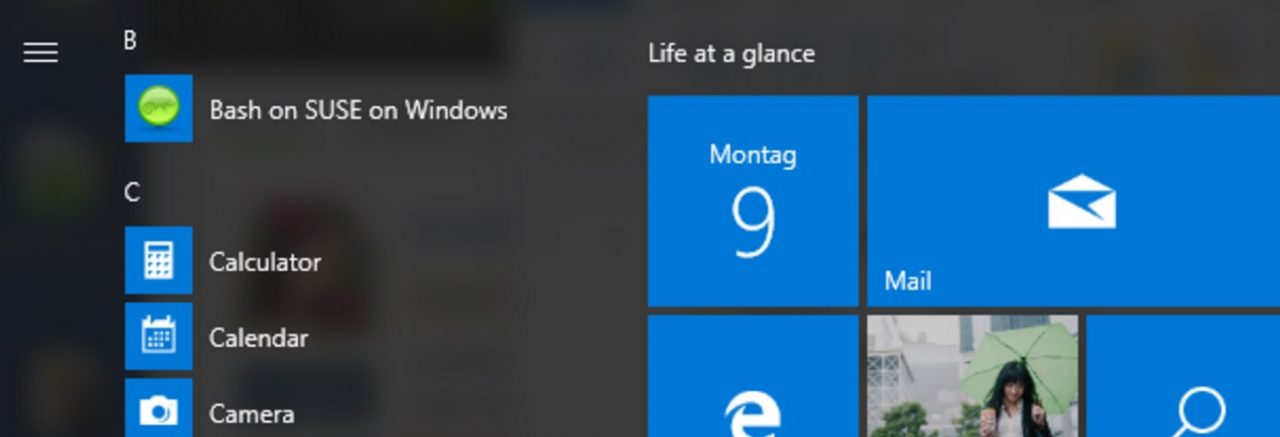SUSE Linux Makes Its Way To Windows 10
Earlier this year, when Microsoft released the Windows Subsystem for Linux, this allowed for Bash on Ubuntu to be run natively inside of Windows 10. This feature, which has been widely praised by nearly everyone as it makes Windows more versatile, has opened the doors to those who believe that Linux provides the best development environment to use Windows again.
But, what if you are using the new subsystem and you didn’t want to use Ubuntu? Up to this point, your options were limited but Suse is stepping up to the plate and has created a tutorial about how you can replace Ubuntu and run iterations of openSUSE inside of Windows 10.
If you do go down this route, you have the option for installing either openSUSE Leap 42.2 and SUSE Linux Enterprise Server 12 SP2.
The benefits here are obvious, with Microsoft enabling the Windows subsystem for Linux, they are opening the door to more than simply running Bash inside of Windows 10. While that is a good feature and one of the most likely used instances of this subsystem, what Microsoft has actually done is opened the door for more vendors to bring their Linux tools to the Windows platform.
Considering that, in the not-so-distant-past, Microsoft was trying to destroy Linux and the company’s former CEO referred to it as cancer, Windows has come a long way in embracing these platforms and the tools that they provide. And quite frankly, it’s about time too.
During the past few years, Microsoft has done a much better job at being more inclusive with not only their own software, but those built by competitors (SQL server running on Linux is a notable example). Seeing as Linux vendors are starting to step-up and make sure that their software is available to those running Windows 10, this is good news for those who need these tools and don’t want to dual-boot their machines.





